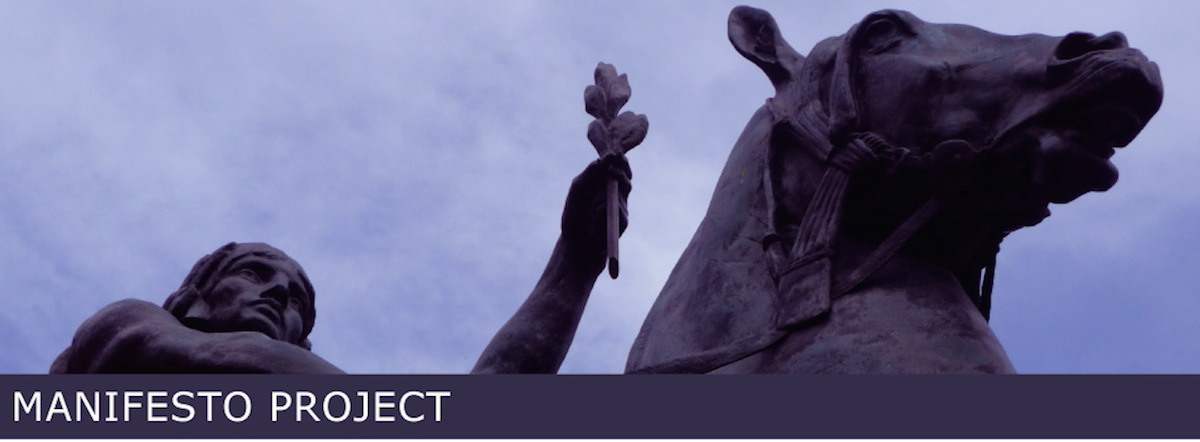To all you advertisers, marketers and media buyers out there — Have you ever considered the fact that at least a portion of your audience hates you?
OK, maybe they don’t hate you. But you sure do annoy the heck out of them? At least the 75% that aren’t the right audience to begin with. After all, you interrupt their favorite programs with ads they don’t want to watch, for products they don’t intend to buy.
They’re not customers; they’re freeloaders.
They get their favorite shows for free, while you fund those shows for them with your ad dollars. And they’re ruining your advertising ROI. So why not get rid of the freeloaders and replace them with customers?
After all, whether your audience wants to admit it, you are paying good money to entertain them. There’s no such thing as a free lunch. ??Just like Google users put up with display ads, NPR listeners tolerate fundraising drives, and magazine readers deal with those annoying little postcards, television audiences have always had to suffer through commercial breaks or make quick pit stops at the fridge.
Since the beginning of television, this has been an unwritten understanding between programmers, advertisers, and viewers: One plays, one pays, one stays.
But these days, audiences no longer have to stay. They can skip commercials without even leaving the couch. They can watch online with lighter commercial loads, if any. They can even pay directly for content, cutting you out of the mix altogether. (Another Steve Jobs legacy: There are few if any freeloaders in Apple’s world; every customer gets what he/she pays for.)
Even so, television remains the most powerful marketing medium around. ??Data from eMarketer shows TV ad spending keeping pace with online. And even though TV is projected to stay flat over the next four years while Internet grows by 40% (as a percentage of overall marketing spend, that is), TV ad revenues will still be 50% greater than Internet ad revenues in 2015.
As Sam Gustin wrote in Wired a few months ago, “Advertisers know they can still reach millions of people…who flock to such programming as “Jersey Shore,” “Glee” and “Gossip Girl.”
A Microsoft/BBDO joint report cited by Bloomberg News chalked television’s unmatched marketing resonance up to the fact that “its audience is receptive and waiting to be entertained.”
But TV advertising — any advertising, in fact — only works when it reaches the right audiences.
And remember that demographics don’t buy products, consumers do.
So you need to make sure that the programming you pay for is going to entertain viewers who are interested in purchasing your product. And that means minimizing freeloaders. So don’t cut your ad budgets, cut the waste out of them.
Let’s face it: Freeloaders aren’t going away.
Not unless you change where you advertise by honing your media strategy. The data’s there — set-top-box data, household-purchase info, demographic data — but it’s up to you to use it. And you don’t have to necessarily buy the long tail in order to get the last 20 points of reach. Use the solution that gives you the reach you want — at the price you want — against your own current ROI-driving purchaser segments.
Replace the freeloaders in your audience with customers who are interested in your product, and who buy your product (or your competitor’s product, if you’re feeling feisty). It’s only sensible, and it’s only efficient. Your ROI will thank you.










